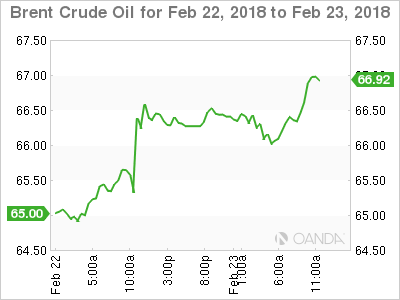Alright, folks, buckle up! The non-farm payrolls number just dropped, and gold took a nasty dive – nearly $9 in a flash. I mean, seriously, a hit like that makes your stomach churn. But here’s the kicker: it didn’t stay down! It’s clawed its way back, currently trading at $3097.99/ounce.

What a rollercoaster, right? These numbers are supposed to be market-moving, and they absolutely were, initially. The initial reaction, predictably, was a risk-on sentiment – meaning investors dumped safe-haven assets like gold and piled into stocks. But the bounce back suggests something else is at play.
Let’s break down why this happens. Non-farm payrolls are a key indicator of economic health. A strong number suggests a robust economy, reducing the appeal of gold as a safe haven. Conversely, a weak number signals potential trouble, boosting gold’s attractiveness.
However, the market isn’t always rational. Sometimes, it overreacts! Plus, there’s a lot more going on beyond simply the headline number. Global geopolitical tensions, inflation expectations, and central bank policies all impact gold prices. The current resilience hints at those other factors being heavily weighted right now.
Deep Dive: Understanding Non-Farm Payrolls & Gold
Non-farm payrolls (NFP) represent the number of jobs added or lost in the U.S. economy over the past month, excluding the agricultural sector. It’s released monthly by the Bureau of Labor Statistics.
A strong NFP report usually pushes stock markets higher, as it suggests economic growth. This typically leads to a weakening of the U.S. dollar and puts downward pressure on gold.
Conversely, a weak NFP report often signals potential economic slowdown, driving investors towards safe-haven assets like gold. A weaker dollar adds to gold’s appeal.
However, remember that gold’s price is complex. It’s influenced by factors such as interest rate expectations, inflation concerns, and global instability, making it far from a simple relationship.






